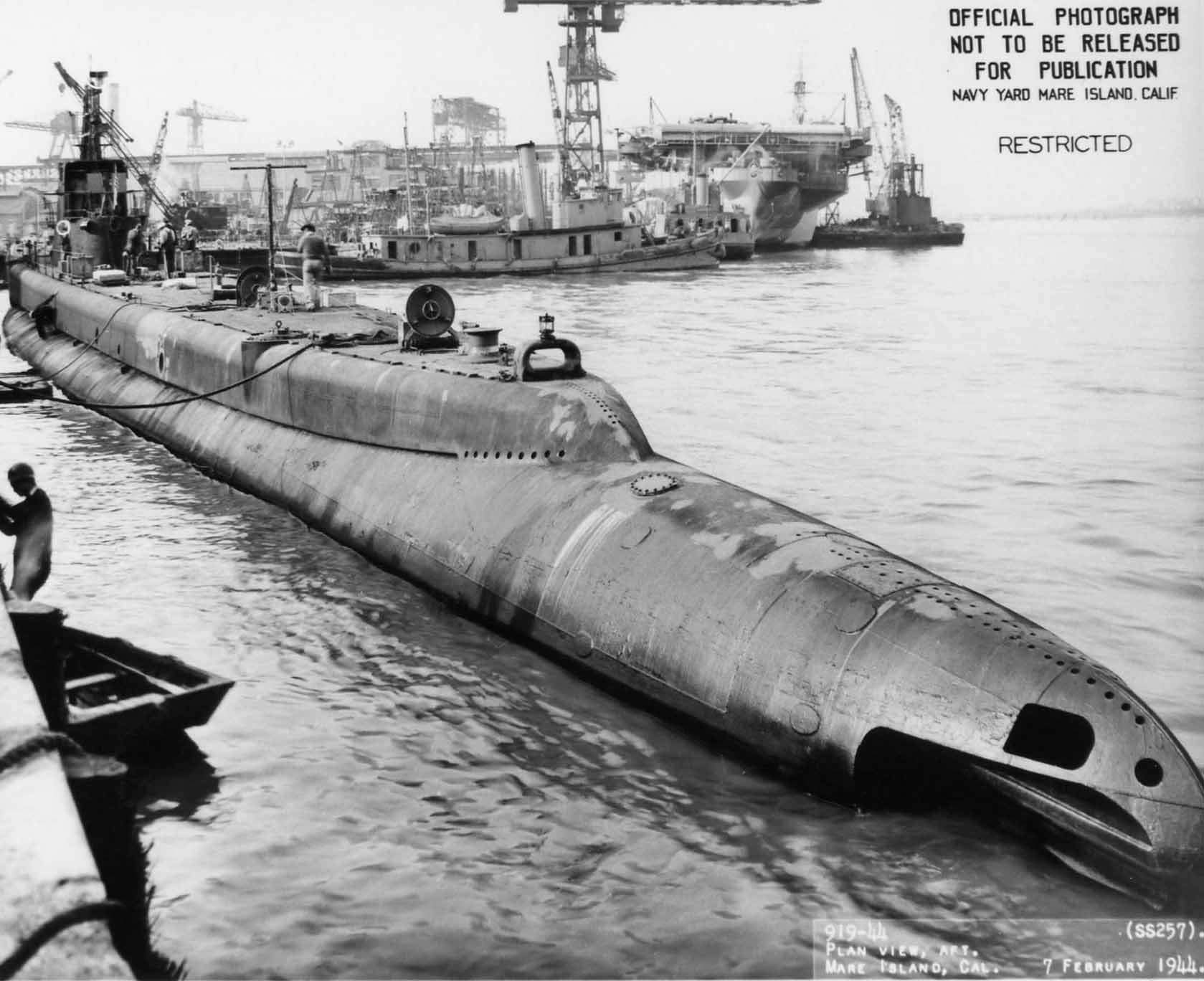
In the years immediately following the Civil War, one way Americans sought to remember the multitudes of war dead was by holding “decoration days”—days on which they would gather to decorate the graves of those who died in the conflict. Although many local groups and communities had their own decoration days, including well-known ones in Waterloo (New York) and Charleston (South Carolina), the first official observance of what would eventually become Memorial Day took place on May 30, 1868.
 This Decoration Day (it wouldn’t officially be called Memorial Day until 1967) was coordinated by John A. Logan, a former Union general and at the time commander-in-chief of the Grand Army of the Republic, a Union veteran’s association. In his General Order Number 11, dated May 5, 1868, he designated May 30 “for the purpose of strewing with flowers or otherwise decorating the graves of comrades who died in defense of their country during the late rebellion.” In addition to the decoration of graves, Decoration Day was also to be observed with “fitting services and testimonials of respect as circumstances may permit,” according to Logan.
This Decoration Day (it wouldn’t officially be called Memorial Day until 1967) was coordinated by John A. Logan, a former Union general and at the time commander-in-chief of the Grand Army of the Republic, a Union veteran’s association. In his General Order Number 11, dated May 5, 1868, he designated May 30 “for the purpose of strewing with flowers or otherwise decorating the graves of comrades who died in defense of their country during the late rebellion.” In addition to the decoration of graves, Decoration Day was also to be observed with “fitting services and testimonials of respect as circumstances may permit,” according to Logan.
Veterans and their loved ones, as well as widows, orphans, and other bereaved, responded to Logan’s call with alacrity. That year, 183 cemeteries in 27 states celebrated Decoration Day, and observance only grew in the years that followed. By 1890, all the northern states had made it an official state holiday.
The South didn’t celebrate Logan’s Decoration Day until after World War I, when the holiday shifted from honoring Civil War dead to honoring the American dead of all wars. Instead, Southerners memorialized the Confederate dead locally on days throughout spring and early summer, often on important dates such as Joseph Johnston’s surrender, Stonewall Jackson’s death, or Jefferson Davis’ birthday.
Memorial Day, in the form we know it today, came about in 1967, when Decoration Day was renamed Memorial Day to better reflect contemporary usage. Then, the following year, it was permanently moved from May 30 to the last Monday in May to create a three-day weekend.
This Memorial Day, find your military ancestors on Fold3 and memorialize them by creating or expanding a page for them on the Honor Wall.





I am so impressed with your Memorial Day Issue. Thank you for your creative way of bringing the past to life. Your work is very much appreciated.
The Daughters of Union Veterans 1861-1865 have a Tent located in Waterloo, NY. Memorial Day is a celebration and commemoration in that village, and the American Civil War Memorial is located there as well. Our organization thought It was great to see this article, and all the others on the Civil War.
I would like permission to reprint this lead article into the following Heritage organization Newsletters:
John A Logan Camp #4 SUVCW
Raleigh Chapter, Sons of the American Revolution
Sons of the Revolution in the State of North Carolina
These organizations will have recruiting booths at the Memorial Weekend Remembrance at Bennett Place NC State Historic Site.
The article needs to mention the source of John Logan’s idea. Mrs. Logan was visiting in Petersburg, Virginia, on June 9, the date that Petersburg Ladies Memorial Association commemorated Decoration Day. Mrs. Logan witnessed the ladies & children walking from downtown to Blandford cemetery and decorating the graves of the old men & boys who died defending Petersburg on June 9, 1864.
Mrs. Logan wrote her husband about, stating that it would be a wonderful way to memorialize the Union soldiers. The Ladies Memorial Association still holds a memorial service on June 9 at 5 pm in the old Blandford Church. If you have any questions, there is a wonderful brochure at the Blandford Reception center, or call the Reception center at 804-733-2396.
I would like permission to use your article in our Memorial Day Program on the back cover at the Scott County Historical Society at Summit Church in Lincoln Township, Scott Co., Iowa. We put on a program every year starting 1819.
Thank You.